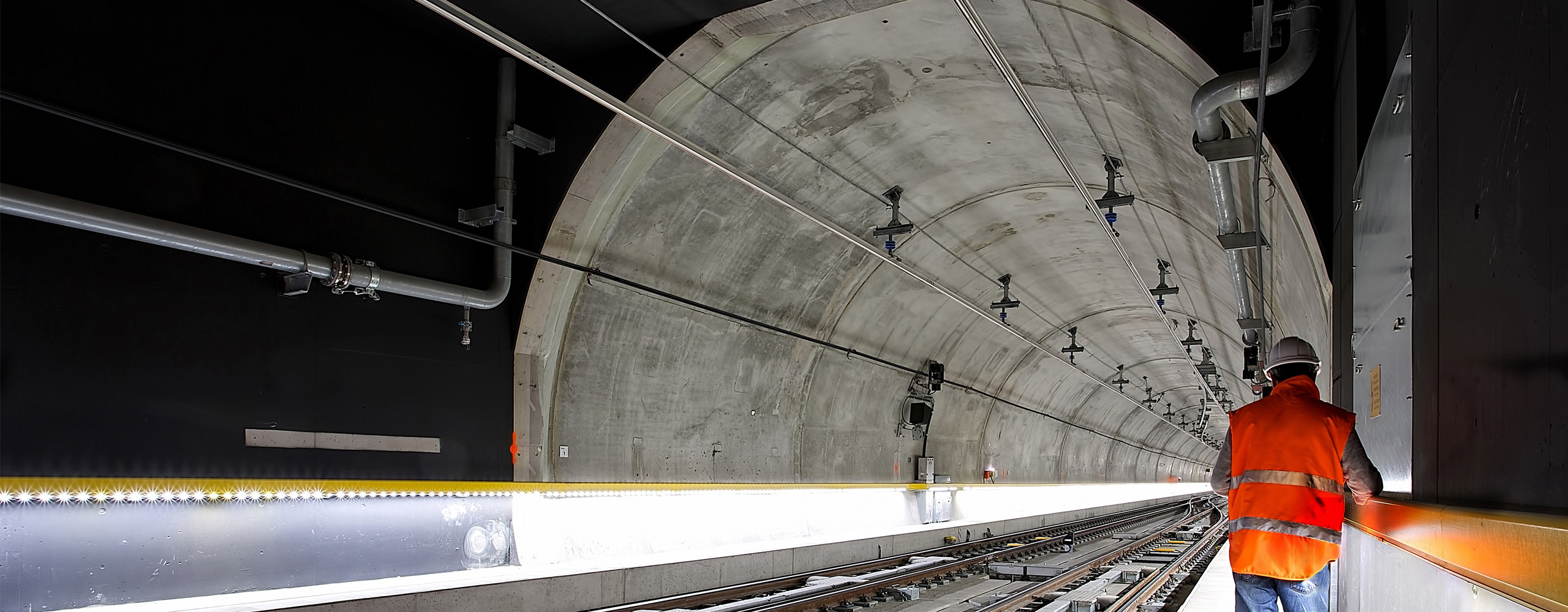- Designed to accommodate any kind of analyzes of jointed, blocky systems.
- Simulates and tracks large displacements, including slip and opening, along a discontinuous medium (e.g., jointed rock mass, damage models of intact materials).
- Models may contain a mixture of rigid or deformable blocks.
- Deformable blocks consist of a finite-difference mesh, permitting simulation of soils, intact rock, engineered materials and rock masses as continuums).
- Welded construction cracks can be specified to aid model building and permit the simulation of joints that terminate within blocks (e.g., discrete fracture networks).
- Excavation, backfill simulation and “infinite domain” problems can be all be modeled.
- Includes automatic joint set and Voronoi joint generators.
- Includes a built-in scripting language (FISH) and text-editor to customize or automate virtually all aspects of program operation, including user-defined properties and other model variables.
- Libraries of materials and constitutive models for deformable blocks and joints are included.
Special Features come Standard
The following features are included as part of the standard UDEC license.
Structural elements — Structural Elements provide the ability to model support in UDEC. Reinforcement is modeled using cables that may be part of a local or global reinforcement model. Surface support is provided through beam elements (which may represent concrete lining, shotcrete, steel sets, etc.) and one-dimensional support members (which may be hydraulic or wooden props or packs).
Fluid and Gas Flow — UDEC can be used to model fluid or gas flow through the fractures of a system of impermeable blocks. A fully coupled mechanical-hydraulic analysis is performed in which fracture conductivity is dependent on mechanical deformation, and in return joint water pressures affect the mechanical computations. Confined flow, transient flow, two-phase flow and flow with a free surface can be modeled using UDEC.
Thermal — UDEC's thermal capability simulates transient heat conduction in materials and the development of thermally induced displacements and stresses. Heat transfer is modeled as conduction. Several different thermal boundary conditions may be imposed. Any mechanical model may be used with the thermal model. Heat sources may be inserted into the material and may be made to decay with time. Implicit and explicit calculation schemes are available and may be interchanged. The thermal analysis may be coupled to the mechanical and the fluid calculations.
Dynamic — UDEC can be used to simulate dynamic models for seismic, blasting and earthquake analyzes. Absorbing (quiet) and free-field boundaries and seismic wave input are all available. The dynamic formulation can be coupled to structural element, fluid flow and thermal models.
Optional Features are Available to Purchase
Optional modules available to purchase include the following.
